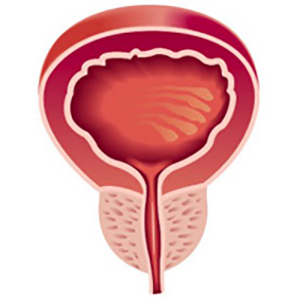The role of irrigation fluid in transurethral resection of the prostate outcomes and surgeon performance

Submitted: September 23, 2023
Accepted: October 13, 2023
Published: November 15, 2023
Accepted: October 13, 2023
Abstract Views: 1056
PDF: 341
Publisher's note
All claims expressed in this article are solely those of the authors and do not necessarily represent those of their affiliated organizations, or those of the publisher, the editors and the reviewers. Any product that may be evaluated in this article or claim that may be made by its manufacturer is not guaranteed or endorsed by the publisher.
All claims expressed in this article are solely those of the authors and do not necessarily represent those of their affiliated organizations, or those of the publisher, the editors and the reviewers. Any product that may be evaluated in this article or claim that may be made by its manufacturer is not guaranteed or endorsed by the publisher.
Similar Articles
- Roberto Giulianelli, Luca Albanesi, Francesco Attisani, Barbara Cristina Gentile, Giorgio Vincenti, Francesco Pisanti, Teuta Shestani, Luca Mavilla, David Granata, Manlio Schettini, Comparative randomized study on the efficaciousness of endoscopic bipolar prostate resection versus monopolar resection technique. 3 year follow-up , Archivio Italiano di Urologia e Andrologia: Vol. 85 No. 2 (2013)
- Rosario Leonardi, The LEST technique: Treatment of prostatic obstruction preserving antegrade ejaculation in patients with benign prostatic hyperplasia , Archivio Italiano di Urologia e Andrologia: Vol. 91 No. 1 (2019)
You may also start an advanced similarity search for this article.

 https://doi.org/10.4081/aiua.2023.11868
https://doi.org/10.4081/aiua.2023.11868




